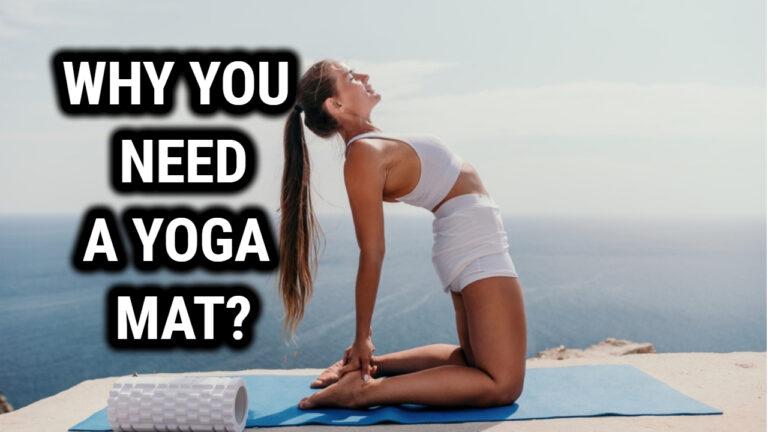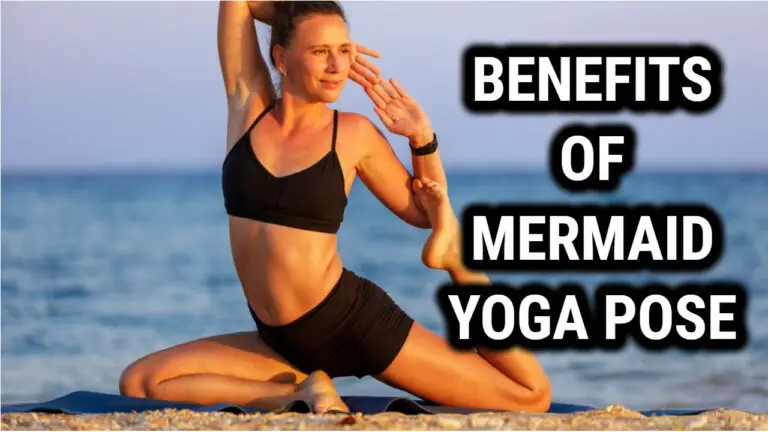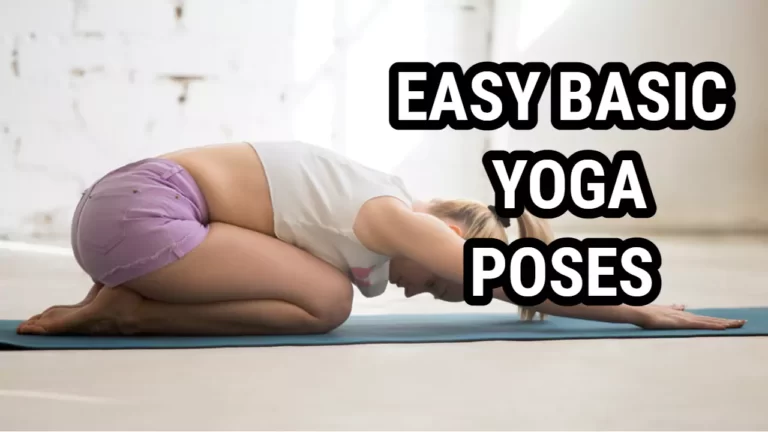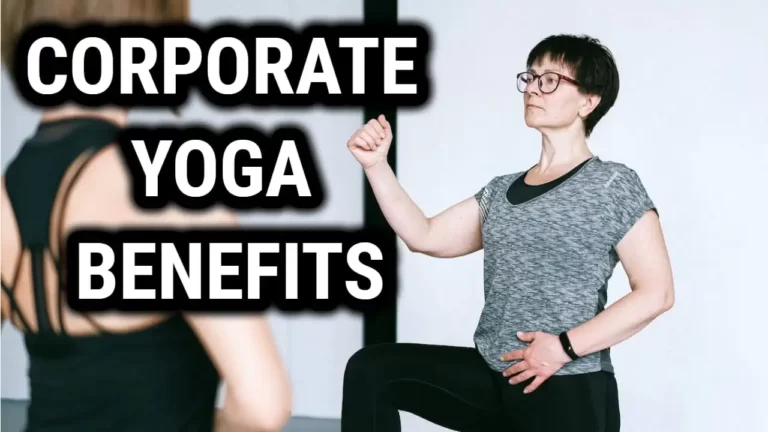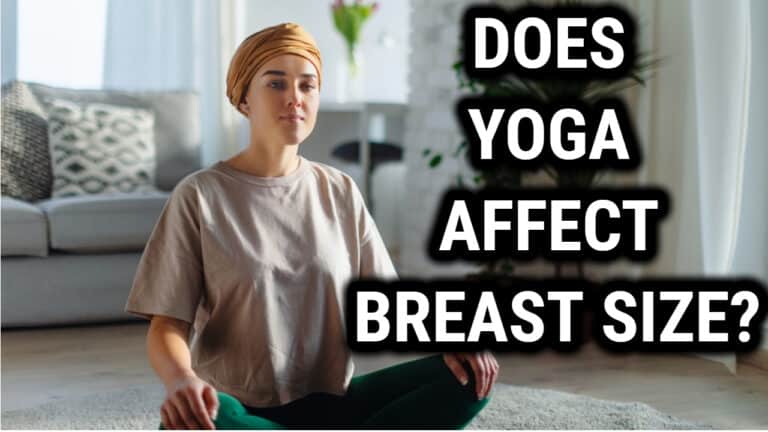The Different Types Of Yoga And Their Benefits: Yoga For Everybody
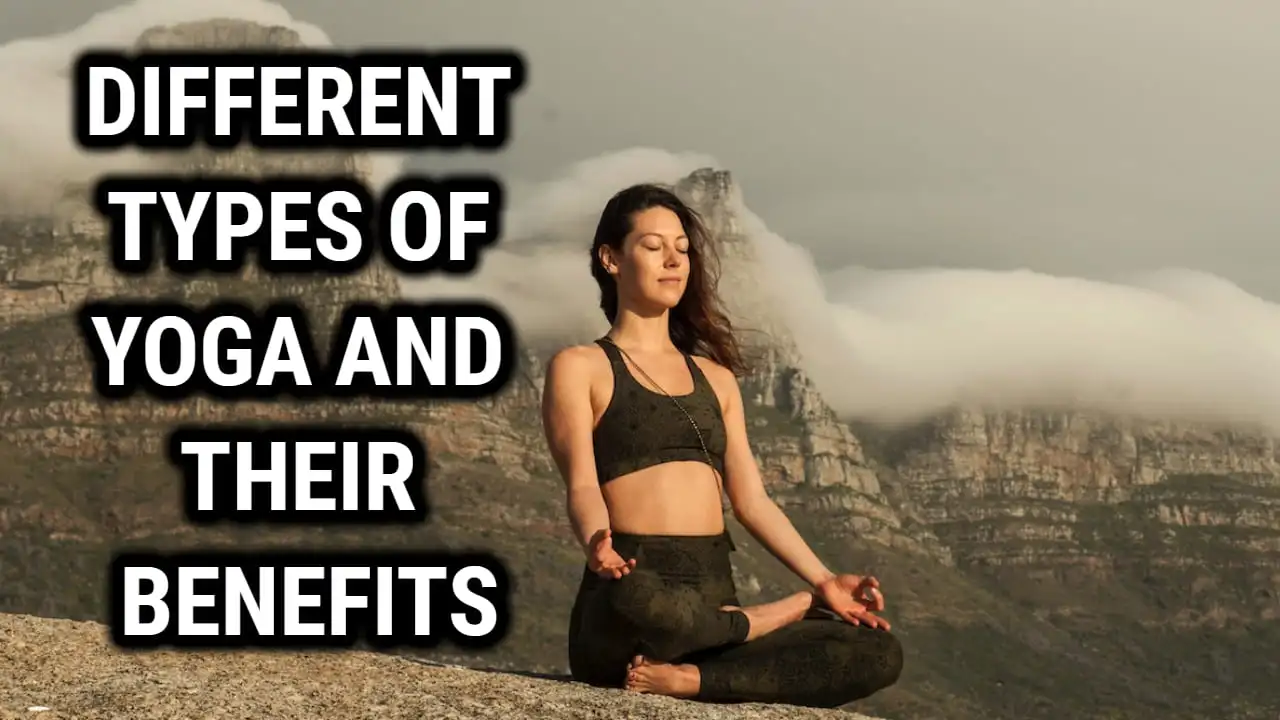
Ancient India is where yoga, a physical, mental, and spiritual workout, first appeared. It involves a combination of physical postures (asanas), controlled breathing techniques (pranayama), and meditation practices. Yoga has been practiced for thousands of years as a way to improve physical and mental well-being, and it has gained increasing popularity in recent years as a form of exercise and stress management.
There are many different types of yoga, each with its own unique focus and benefits.
Regardless of the specific type of yoga practiced, regular yoga practice can offer numerous physical and mental health benefits. In the following sections, we will explore some of the most common benefits of yoga.
Types Of Yoga
Hatha Yoga: Hatha yoga is a general term that encompasses many different styles of yoga. It typically involves a slower pace and emphasis on proper alignment in the physical postures (asanas). Hatha yoga is a good introduction to yoga for beginners, as it allows time to learn proper form and alignment in each pose..
Vinyasa Yoga: Vinyasa yoga, also known as “flow” yoga, involves a continuous flow of movements synchronized with the breath. Each movement is transitioned into the next, creating a fluid, dynamic practice. Vinyasa yoga can be physically demanding and is a good option for those looking for a more strenuous workout.
Ashtanga Yoga: Ashtanga yoga involves a set series of physical postures (asanas) that are performed in a specific order. This style of yoga is physically demanding and requires a high level of discipline and commitment. Ashtanga yoga is often practiced in the morning and involves a set sequence of poses that are performed in the same order each time.
Bikram Yoga: Bikram yoga is a style of yoga that is practiced in a heated room (typically around 105 degrees Fahrenheit). The heat and humidity in the room are thought to help loosen the muscles and facilitate deeper stretching. Bikram yoga follows a set series of 26 poses and is physically demanding.
Kundalini Yoga: Kundalini yoga is a style of yoga that focuses on awakening and harnessing the energy of the “kundalini” (a spiritual energy located at the base of the spine). It involves the use of physical postures (asanas), controlled breathing techniques (pranayama), and meditation practices to stimulate the kundalini energy. Kundalini yoga is known for its use of chanting and music, and it can be physically demanding.
Iyengar Yoga: Iyengar yoga is a style of yoga that places a strong emphasis on proper alignment and the use of props, such as blocks and straps, to assist in achieving the correct form in each pose. This style of yoga is known for its attention to detail and precise alignment, and it can be modified to suit the needs and abilities of individual practitioners.
Sivananda Yoga: Sivananda yoga is a traditional style of yoga that emphasizes the five principles of proper exercise, proper breathing, proper relaxation, proper diet, and positive thinking and meditation. It involves a series of physical postures (asanas) that are sequenced to increase strength, flexibility, and relaxation. Sivananda yoga is a holistic practice that aims to improve overall physical and mental well-being.
Yin Yoga: Yin yoga is a slow-paced style of yoga that involves holding passive poses for extended periods of time. It is designed to stretch and stimulate the connective tissues in the body, such as the ligaments, tendons, and fascia. Yin yoga is a more meditative and restorative practice that is focused on calming the mind and promoting relaxation.
Restorative Yoga: Restorative yoga involves the use of props to support the body in each pose and facilitate relaxation. It is a slower-paced, more meditative style of yoga that is designed to relax the body and mind. Restorative yoga can be helpful for those seeking relief from stress and tension.
There are many distinct styles of yoga available, each with a special focus and advantages. There is a form of yoga that can meet your requirements and preferences, whether you’re searching for a physically taxing workout or something more calming and meditative.
Here Are The Benefits Of Each Type of Yoga Mentioned Above:
- Hatha Yoga: Hatha yoga can improve flexibility, strength, and balance. It can also help reduce stress and improve overall well-being.
- Vinyasa Yoga: Vinyasa yoga can improve cardiovascular fitness and coordination, as well as increase flexibility and strength. It can also help reduce stress and improve mental clarity.
- Ashtanga Yoga: Ashtanga yoga can improve flexibility, strength, and endurance. It can also help build discipline and commitment.
- Bikram Yoga: Bikram yoga can improve flexibility and balance, as well as improve cardiovascular health. The heated room can also help loosen the muscles and facilitate deeper stretching.
- Kundalini Yoga: Kundalini yoga can improve flexibility, strength, and coordination. It can also help awaken and harness the energy of the “kundalini” and improve overall well-being.
- Iyengar Yoga: Iyengar yoga can improve flexibility, strength, and balance. It can also help improve posture and alignment.
- Sivananda Yoga: Sivananda yoga can improve flexibility, strength, and relaxation. It can also help improve overall well-being through the practice of the five principles of proper exercise, proper breathing, proper relaxation, proper diet, and positive thinking and meditation.
- Yin Yoga: Yin yoga can improve flexibility, particularly in the connective tissues such as the ligaments, tendons, and fascia. It can also help improve circulation and promote relaxation.
- Restorative Yoga: Restorative yoga can improve flexibility, relaxation, and stress relief. It can also help improve sleep and overall well-being.
Overall Benefits of Practicing Yoga
Improved Physical Flexibility and Strength: Regular yoga practice can improve flexibility and strength in the muscles and joints. As you hold each pose, you are using your own body weight to resist against gravity, which can help strengthen and tone the muscles. Yoga can also help improve posture and alignment.
Increased Mental Clarity and Relaxation: Yoga involves the use of controlled breathing techniques (pranayama) and meditation practices, which can help calm the mind and promote relaxation. Regular yoga practice can help reduce stress and improve mental clarity and focus.
Stress Relief: Yoga can be a powerful tool for stress management. The physical postures (asanas), controlled breathing techniques (pranayama), and meditation practices can all help to relax the body and mind, reducing the effects of stress on the body.
Improved Sleep: The relaxation and stress-reducing effects of yoga can also help improve sleep. Many people find that practicing yoga before bed can help them fall asleep faster and sleep more soundly.
Improved Cardiovascular Health: Some styles of yoga, such as Vinyasa and Ashtanga, can be physically demanding and provide a cardiovascular workout. Regular yoga practice can help improve cardiovascular health by increasing heart rate and circulation.
Improved Immune Function: The relaxation and stress-reducing effects of yoga can also help improve immune function. Stress can weaken the immune system, so practicing yoga can help support a healthy immune response.
Improved Balance and Coordination: Yoga involves holding and transitioning between various physical postures (asanas), which can help improve balance and coordination. As you improve your balance and coordination through yoga practice, you may also notice an improvement in your everyday movements and activities.
These are some of the physical potential benefits to practicing yoga. Whether you are looking to improve your physical fitness or reduce stress and promote relaxation, there is a type of yoga that can suit your needs and goals.
Also Read: The Lion Pose Yoga Benefits
Conclusion
Yoga is a holistic practice that offers numerous physical and mental health benefits. It involves a combination of physical postures (asanas), controlled breathing techniques (pranayama), and meditation practices that can help improve flexibility, strength, and relaxation, as well as reduce stress and improve overall well-being.
There is a form of yoga that can meet your requirements and ambitions, regardless of how long you have been a practitioner.
